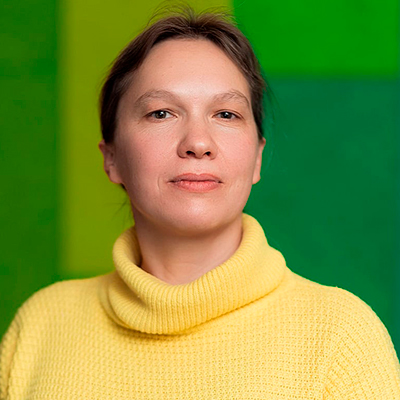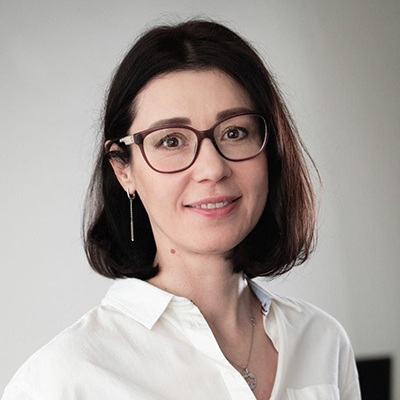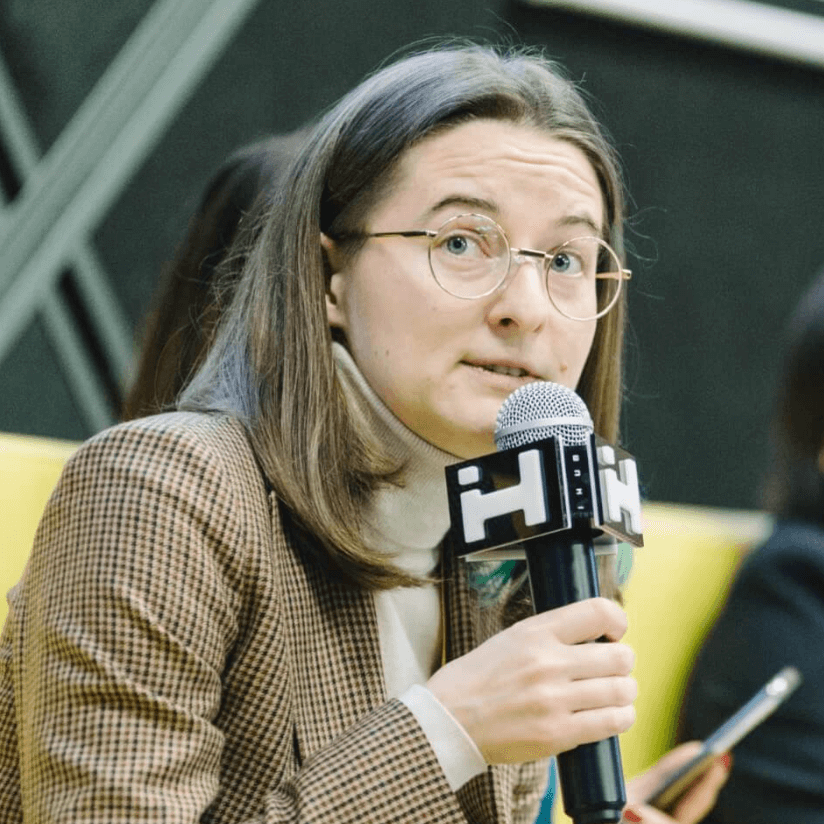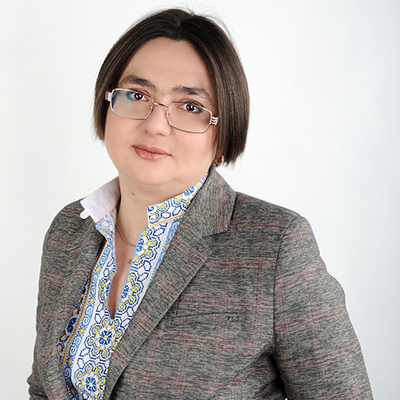White Book of Reforms 2019
Ukraine combines traits — both positive and negative — of developed and developing countries. For example, low birth rates, an aging population, and a shrinking workforce are demographic features typical for developed nations. However, labor market participation among women and elderly people, along with the level of technology adoption and energy efficiency, more closely resembles that of emerging markets. Economic growth of 2–3% is more typical of developed countries, although Ukraine’s per capita income remains at the level of developing ones. Like developed countries, Ukraine bears significant social obligations. At the same time, it struggles to collect the taxes needed to fund them: tax evasion and capital flight are at levels typical of the developing world.
How has Ukraine addressed these challenges, and what progress has it made since 2014 through a revitalized reform agenda? Explore the answers in the White Book of Reforms 2019, co-authored by Vox Ukraine and the Kyiv School of Economics.
Table of Contents
Chapter I. Governance
Chapter II. Macroeconomic Environment
Chapter III. Sectoral Reforms
Chapter IV. People
Download PDF version
Acknowledgements
The authors are grateful to the Editorial Board of Vox Ukraine NGO, and especially to Oleksandr Zholud for editing the text. We also thank Kseniia Alekankina, Anastasiia Chernukha, Liena Shulika, and Yuliia Danylenko for their valuable assistance on this project.
The White Book of Reforms 2019 is part of a broader ongoing initiative aimed at providing a comprehensive review of reforms in Ukraine. All previous editions of the White Book, dating back to 2017, are available here.



















